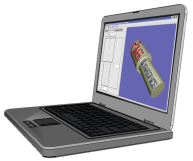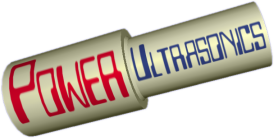A new online ultrasonics components store has just opened at www.UltrasonicsWorld.com. Check their amazing prices for replacement ultrasonics components, fully compatible with the major manufacturers' originals at a fraction of the cost.
You are here
pigment milling
I'm an oil painter and I grind all my own paint from scratch using a glass muller. I'm looking into the idea of using ultrasound to break the pigment particles into smaller sizes and to help disperse them in the oil, which will increase the vividness of the color.
I've seen slides of ultrasonic milling here:
http://www.hielscher.com/ultrasonics/mill_01.htm
But I don't know how much power it takes to do this or whether it's feasible in a batch of, lets say, 200mL. They have devices from 50w all the way up to 16kw and operating in the range of 24kHz-30kHz
Mineral pigments such as iron oxides and titanium oxides can be dispersed using this method, but at the density I require for my oil paint I wonder if the ultrasound can penetrate well enough. I'm ordering an ultrasonic cleaner from ebay to run some tests, but I wonder if it will be strong enough at 35 watts or if 42kHz is too high a frequency to be effective.
Does anyone have experience with ultrasonic milling?
thanks for your help


Try a probe system
Hello Nate,
Thanks for the link - that's a nice article by Hielscher. If you haven't already done it you might find it worthwhile contacting them for more information.
I haven't any experience of ultrasonic milling but I suspect that a cleaning system may not give you enough energy density to be useful. Note that the article proposes using flow-cells for production or probe systems for lab use - these will give you orders of magnitude higher energy density than a cleaning system.
For batch processing of such small quantities a small probe system would be my weapon of choice, perhaps 200 - 500W at 20 - 30kHz, but ask the supplier for their advice.
HTH
Chris - PowerUltrasonics.com site owner, chief cook and bottle-washer.